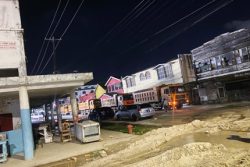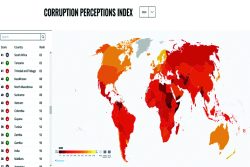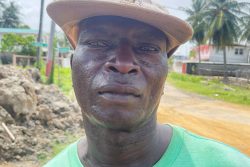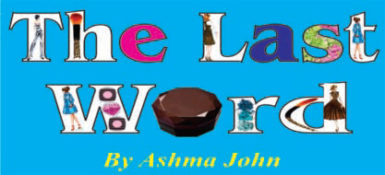 It is sometimes easy to ignore the atrocities of the world especially when you or a loved one are not experiencing it firsthand. More so, if you grew in an environment where violence is normalised, you tend to become immune to it and accept it as a way of life.
It is sometimes easy to ignore the atrocities of the world especially when you or a loved one are not experiencing it firsthand. More so, if you grew in an environment where violence is normalised, you tend to become immune to it and accept it as a way of life.
Statements such as ‘such is life’ and ‘God knows best’ were popular in my environs while growing up as a child. There was this feeling and belief that the ills of our society and personal sufferings were necessary for us to become better people. Sure bad things happen all time, but measures should always be put in place for them not to occur in the first place.
We can achieve more if problems are kept at bay. After spending about four years in the United Kingdom (UK), upon my return home I was more sensitive to violence. I was more cognisant of how dangerous our society can be.
I scrutinised things that I had casually brushed over before. As strange as it sounds, violence – of all types – became more evident to me. I couldn’t stand hearing expletives on the road while going about my business in the town.
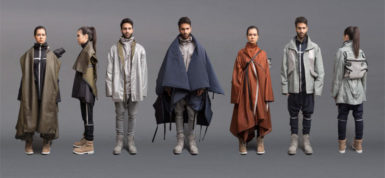
It drove me crazy. It’s not that the UK was all peaches and cream, violence exists everywhere, but there was a vast difference in the levels of violence one can be affected by in the two places.
Again this week we were met with more sad news from Aleppo in Syria. I didn’t share any of the viral memes or news on my Facebook wall. I could not bear to stare at the headlines. If I am to be quite honest, I avoided it as I didn’t want be reminded of the world we live in and I didn’t want to feel guilty for my relatively comfortable life.
Seeing such things really makes you wonder if all the fuss about consuming and having things makes any sense at all. While art may seem to be a frivolous expense to some, art, too, is meant to reflect on and question the realities and duplicities of the world we live in. It is meant to be used to raise awareness of issues that society rejects to highlight.
Writers, musicians, actors, playwrights are among the people who have been the most vocal on social and political issues. Fashion, on the other hand, has tended to stand back, hands folded. The creative community in fashion just seems to be consumed with figures and profits.
Given the utilitarian nature of this particular art form, that is not such a hard thing to take your eyes off.
The fact still remains, now more than ever, that we are more obsessed with self. I don’t know if it’s the struggle to stay abreast with trends, social media platforms or what. What I do know, is that fashion has lagged behind as an art form to raise public awareness on social and political issues. Fashion as an art form doesn’t actually want to be recognized.
I personally feel guilt-ridden for having a Christmas tree up and being able soak up the season, knowing the possibility of a warm, violence-free home for many during Christmas is illusive. I feel guilty when I feel the urge to consume during this season, knowing truthfully that I actually don’t need anything. Unlike music, fashion takes more from us than it gives.
It is easy to feel overwhelmed by the many problems that we are faced with today. People sometimes ask what the sharing of an article actually do for the victims highlighted therein. One can argue that it brings awareness, which can in turn result in donations being made. While this is possible and probably does happen, there are also those who choose to ignore it in its totality. Not because they are awful people but because it taxes them mentally. There is the feeling that you still aren’t doing enough.
For some people donating money may not be an option and that’s okay. For those who can donate, please donate. Doctors without Borders and White Helmets are two charities of my choice. For those who see themselves as fashion enthusiasts, stop counting how many likes your outfit-of-the-day post gets and demand a more human touch from our designers and fashion retailers.
One of the few designers who has done so is Parsons’ graduate, Angela Luna. She designed a collection that can easily be transferred into handy items refugees may need. The focal point of the collection was outerwear. The clothes are transformable and respond to issues refugees may face. Some jackets convert into tents, while they can be used as blankets and raincoats. Fashion has the potential to do so much more other than being a narcissistic magnet. It is time for us to use it accordingly to help others.


